|
with Kim Rodgers Don't "Mess" with Success!We had so much fun making bouncy balls last week, so this week we used our class time to experiment with the recipe. Last week we learned that polymers can change their properties because of reactions that occur. In the case of the bouncy balls the molecules of the glue react with the molecules in the Borax so that cross-linking occurs, which allows the mixture to go from a sticky mess to a congealed ball. The students went through a four step process. After looking at the recipe the students chose what they were going to change, whether it was to take one ingredient and change the amount or to try and double or triple the recipe. Second, they made their hypothesis about how this change would affect the final product. Would the ball congeal more quickly, bounce higher, have a larger diameter? Then the students mixed up their concoction and observed the results. Finally, they recorded their results by describing their observations. Needless to say, it was a messy class! Some of you might have had kids come home with cornstarch or glue on their clothes. They enjoyed this process, even if it wasn’t as scientifically accurate as I would have liked. The students had a hard time distinguishing between 1 tsp and 1TBSP, which affected the results. We went over it in class, but maybe the next time you’re baking or cooking you could have your child help you with measurements for some practice. The practice of changing things up with an expected result in mind made the students pay more attention to what they were doing. When your child is completing their notebook page please ask them to include why they think the results came about as they did. Russian RulersIn the Middle Ages we learned about the Rus and their desire to conquer Constantinople. The Rus descended from a Viking warrior named Rurik, who wandered into Central Europe and decided to stay. They ruled over the Slavs, who were already living there. The Rus and the Slavs married and began forming their own tribes and building their own cities, trading with countries near them. They would sail down the Black Sea to trade with Constantinople, but sailing there was hard work. The rivers leading to the Sea were shallow and full of rapids. The Rus would have to pull their ships out of the water using log rollers, roll the ships past the rapids, and roll them back into the water. The trips to Constantinople took weeks or even months. They decided that conquering the city would make it much easier. Constantinople was built on a peninsula, so it was surrounded by water on three sides. They also had a thick wall surrounding the city, with a moat surrounding that! Towers allowed archers to aim precisely at their targets and an enormous chain was stretched across the water between two towers so enemy ships couldn’t approach. They also had something they called “sea fire.” It was an oil that kept burning even on water! Once the Byzantine army let this oil loose the Rus turned around and went back home. At that point one of the Rus princes thought it would be a better idea to make friends with Constantinople instead of trying to capture it. The Rus prince sent six thousand Rus warriors as a present to the Byzantine emperor. The emperor made them his own personal bodyguard called the Varangian Guard. The emperor gave the Rus free food, beds, and baths whenever they came to trade. Soon the country of the Rus became Russia. At first Russia wasn’t one country with one ruler. There were many warrior princes ruling over different tribes. The prince who finally brought the Russian cities together was named Ivan, a descendant of Rurik. We remember him as Ivan the Great because he united Russia. But his grandson was a terrible ruler, which is why he was called Ivan the Terrible. Ivan the Great had shown his might when he gathered an army together to go to war with the Mongol tribe who was trying to inhabit part of Moscow. The Mongol leader wanted Ivan to pay him tribute. Ivan refused. Once his army was put in place the Mongol warriors turned around and walked home. Ivan’s army was much too powerful for the small amount of Mongol warriors who were there! Now Moscow was free from Mongol rule. The next order of business was to defeat neighboring tribes and make them loyal to him. He captured Kiev and other cities, took their princes off their thrones, and replaced them with governors loyal to him. He made Moscow the capital and built a fortress called the Kremlin, which held a palace inside where Ivan ruled Russia. By the time Ivan the Terrible came into power Russia was known as “the third Rome” because it was such an important city. The leaders began to revere the king as a god, which Ivan the Terrible took very seriously. When Ivan’s wife died he began to go mad, with his hair and beard beginning to fall out. He accused his advisers of treachery and executed them. He formed a special secret band of police to look out for anyone who was against him. This band of police killed innocent people, took land and homes, stole, and burned buildings and homes down for no reason.
Sometimes Ivan would join in their crimes! The people wanted Ivan’s son to replace him on the throne. One day he and his son started arguing over the fate of Russia. Ivan grew so angry that he struck his son and killed him. Shortly after that he predicted his own death when he saw a comet in the night sky, and collapsed soon afterwards and died. Rurik’s dynasty was at an end. Comments are closed.
|
Categories
All
Archives
May 2016
|

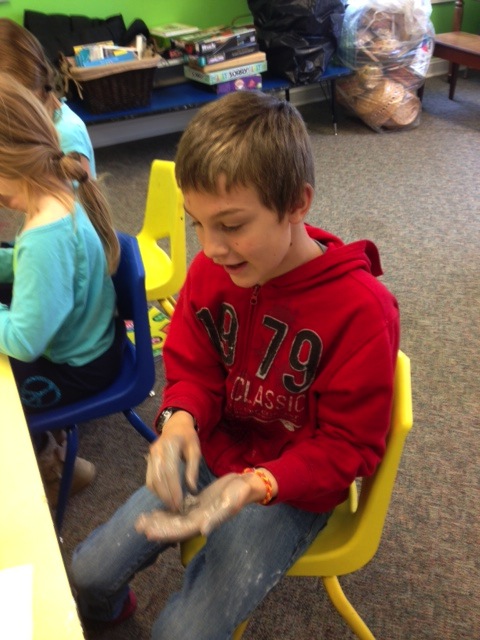

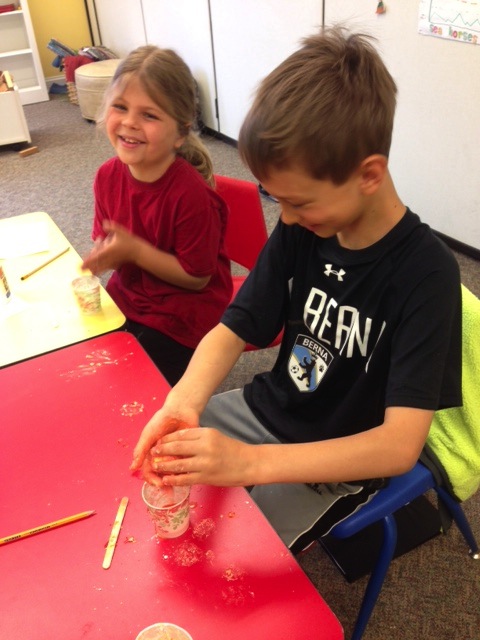
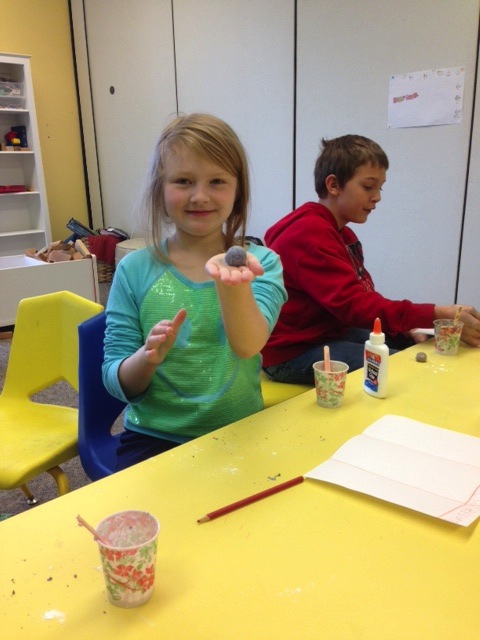
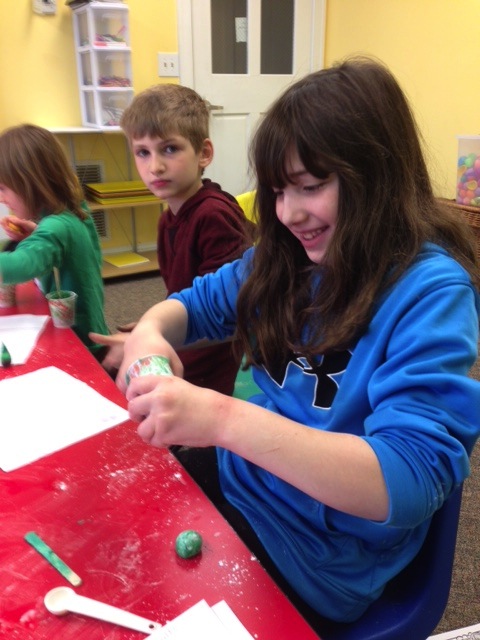
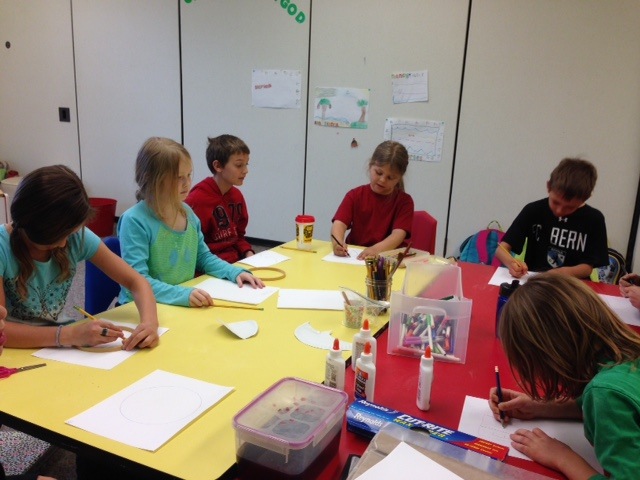
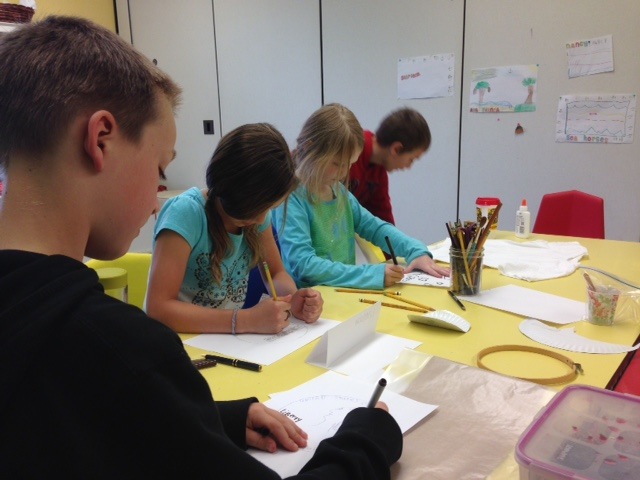
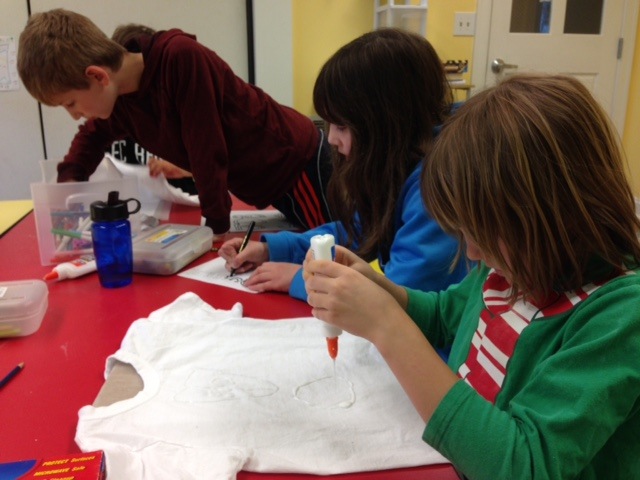
 RSS Feed
RSS Feed